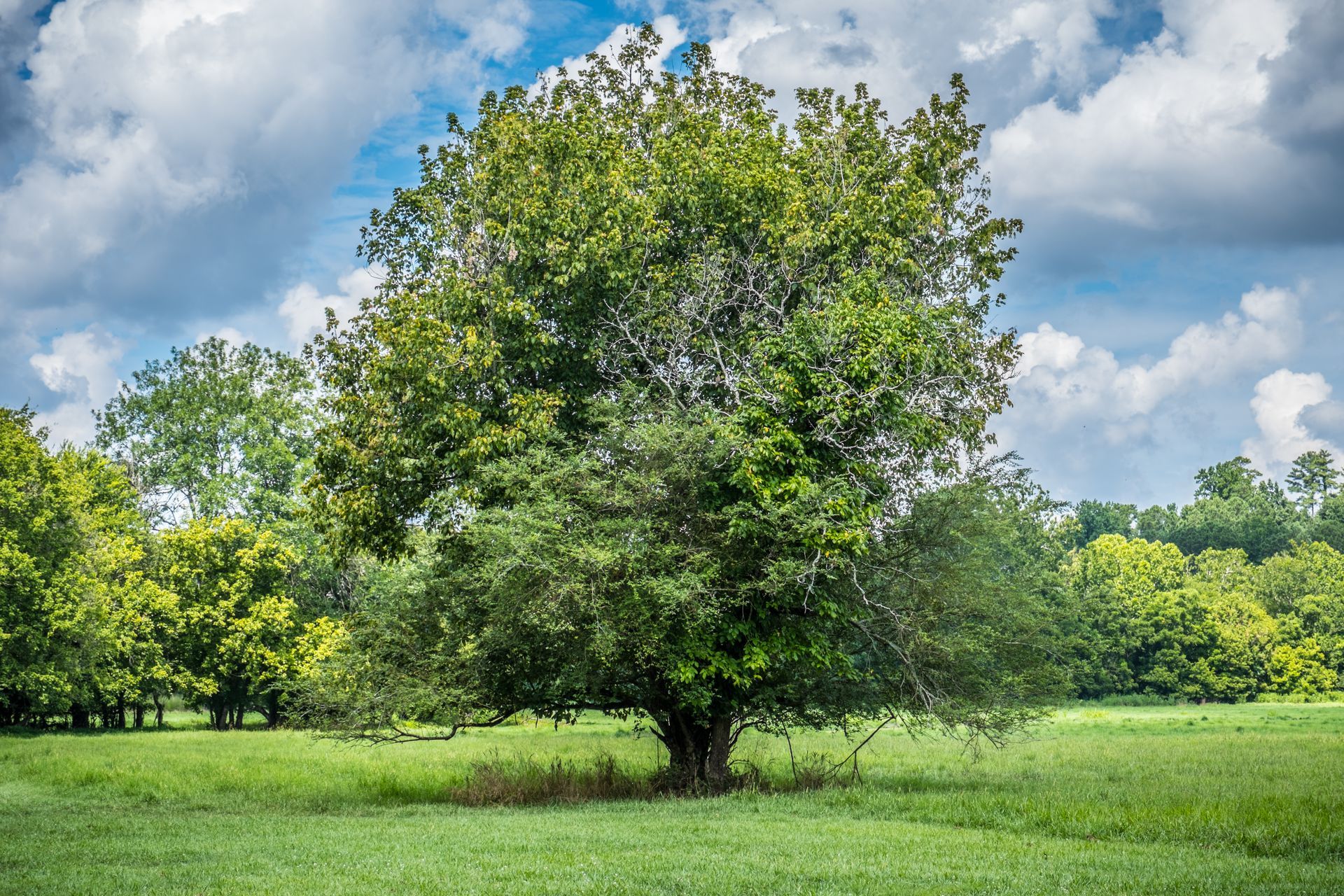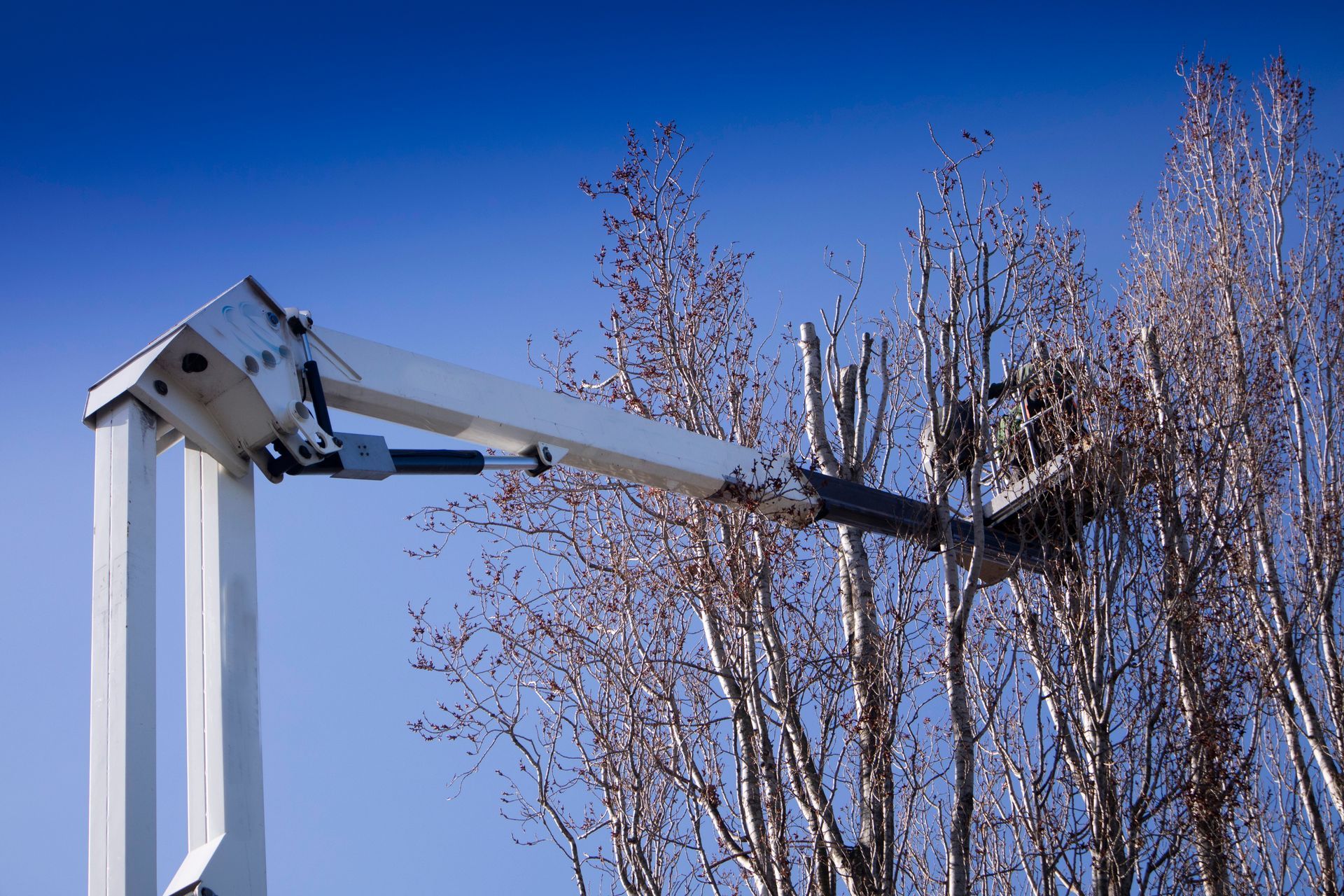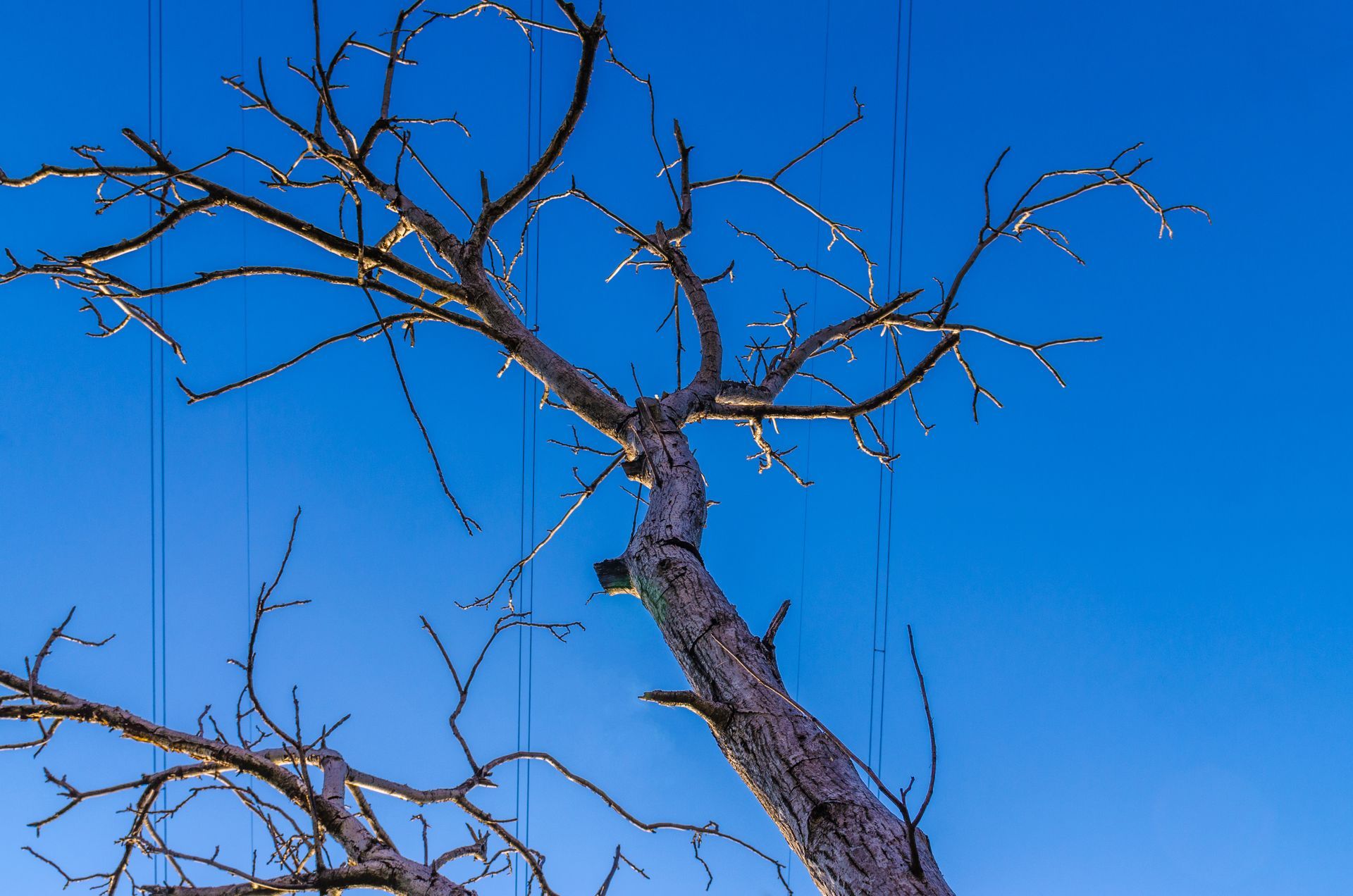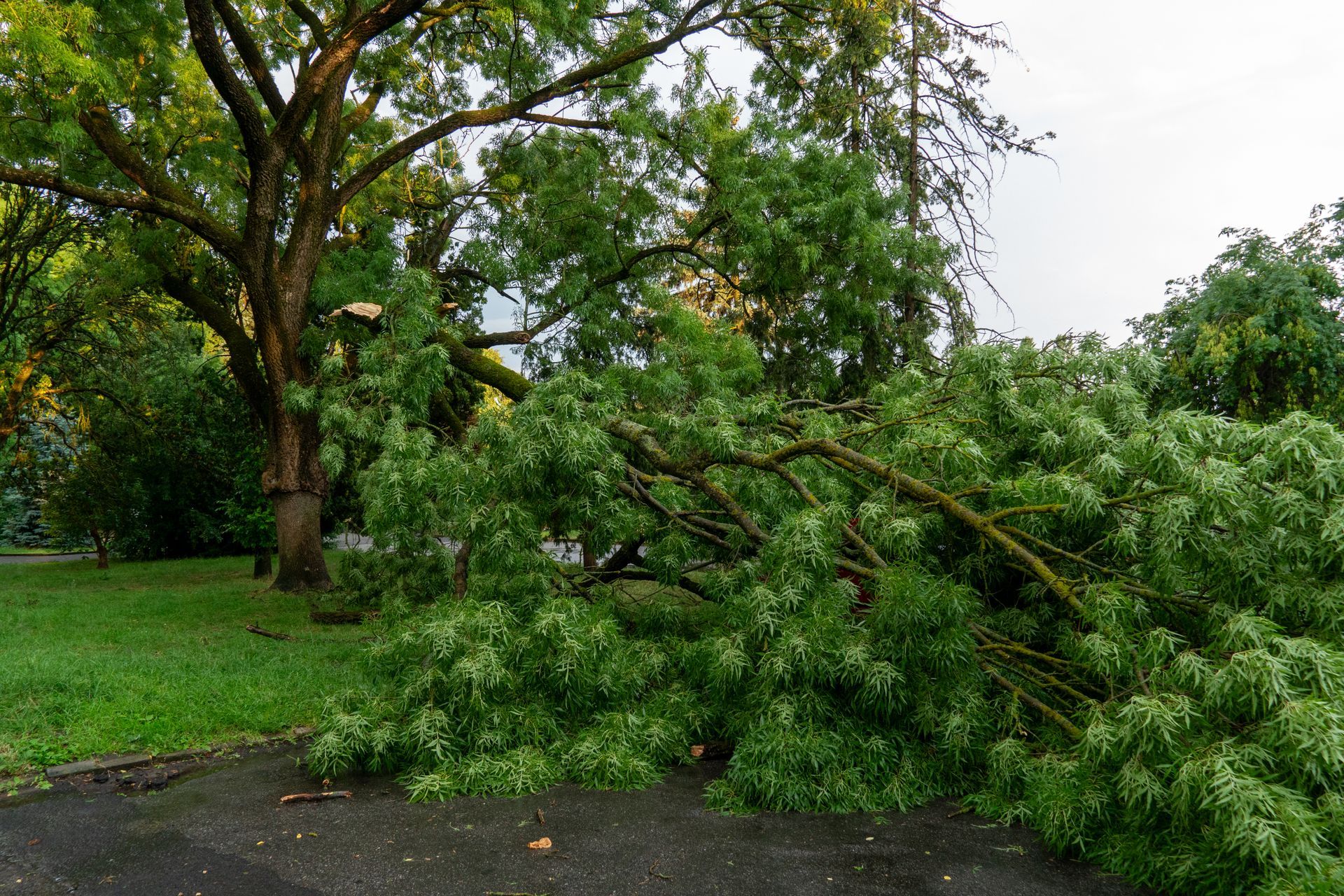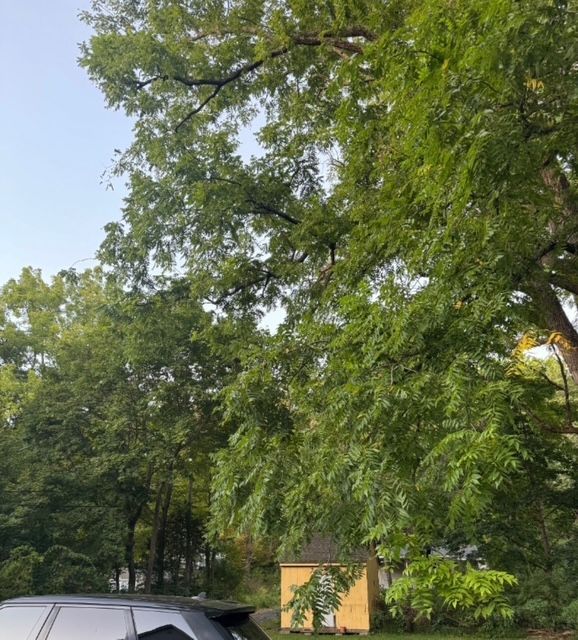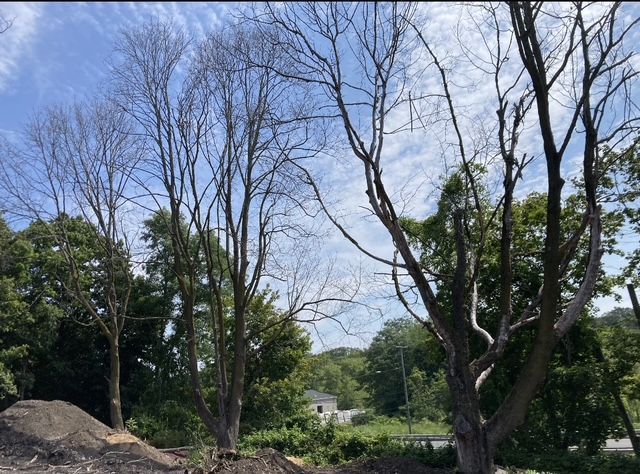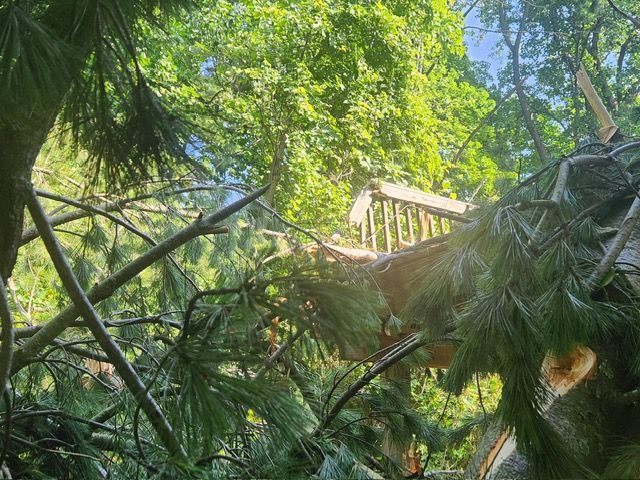Understanding Tree Insurance Claims
Understanding Tree Insurance Claims: A Homeowner's Guide
Trees are much more than just a pretty addition to your yard; they boost your home’s value, provide shade, and enhance the beauty of your property. But when Mother Nature strikes, those same trees can turn into liabilities. Whether it’s a powerful storm or a slow decay over time, tree damage can lead to hefty expenses. Navigating your tree damage insurance claim is key to protecting your investment when the unexpected happens.
Common Causes of Tree Damage
When it comes to tree damage, storms are the usual suspects. Hurricanes, tornadoes, and snowstorms can rip branches from trees or even uproot them entirely. The force of high winds or the weight of heavy snow can turn your once-majestic trees into a serious threat to your home and car. But storms aren’t the only culprits. Over time, disease and decay can weaken a tree, making it more likely to fall. And then there are accidents—a car skidding into a tree, for example, can cause substantial damage.
What Homeowners Insurance Typically Covers
Here’s some good news: most standard homeowners insurance policies have your back when it comes to tree damage. If a tree falls on your house, garage, or shed, your policy typically covers the repair costs. This includes the expense of removing the fallen tree if the event—like a storm—is covered by your policy. Also, if a tree on your property causes damage to your neighbor’s home or car, your liability coverage can help with their repairs.
What Homeowners Insurance May Not Cover
However, don’t assume all tree damage is covered. If the tree that caused damage was dead or in poor condition before it fell, your insurance might not pay out. Damage resulting from neglect—like failing to address a sick tree—is also typically excluded. Additionally, some policies may exclude coverage for certain trees deemed high-risk due to their species or location. The key takeaway? Regular tree maintenance is crucial.
How to File a Tree Damage Insurance Claim
If a tree damages your property, acting quickly is crucial. First order of business is to take clear photos and videos of the damage. The sooner you document the scene, the better. Next, contact your insurance company to begin the claims process. Be prepared to provide details about how and when the damage occurred. Staying in close communication with your insurance adjuster will help ensure your claim is processed smoothly and that you receive a fair settlement.
Tips for Preventing Tree Damage
Preventing tree damage starts long before a storm hits. Regular inspections and maintenance can be the key to keeping your trees healthy and secure. Look out for signs of disease, decay, or instability. If you spot any issues, don’t wait—take action. Bringing in a certified arborist to evaluate and care for your trees can save you from headaches (and expenses) down the line. And remember, well-pruned trees are less likely to lose limbs in high winds.
Understanding Policy Limits and Exclusions
Not all policies are created equal. Each comes with its own set of limits and exclusions, which dictate what’s covered and what’s not. Understanding these details before a tree damages your property can save you from unpleasant surprises when filing a claim. Review your policy carefully, and don’t hesitate to update your coverage if needed. Ensuring that your policy covers the types of tree damage common in your area is a smart move.
Real-Life Examples of Tree Damage Claims
Real-world examples highlight the importance of understanding your insurance coverage and maintaining your trees. For instance, one homeowner successfully filed a claim for a tree that fell on their roof during a storm, resulting in full coverage of the removal and repairs. In another case, a claim was denied because the tree was diseased, and the insurance company determined that the damage could have been prevented with proper care. These stories underline why it’s vital to know your policy and take proactive steps to care for your trees.
Conclusion
Tree damage can quickly become a financial burden if you’re not prepared. Understanding the ins and outs of tree damage insurance claims is essential to protecting your property. By knowing what your policy covers, taking preventative measures, and acting quickly when damage occurs, you can reduce the impact of tree-related incidents. Regularly reviewing your insurance policy and maintaining your trees will keep your property safe and your finances secure.
